The Best Way to Sell Your Car: Trade In vs. Carmax vs. Craigslist
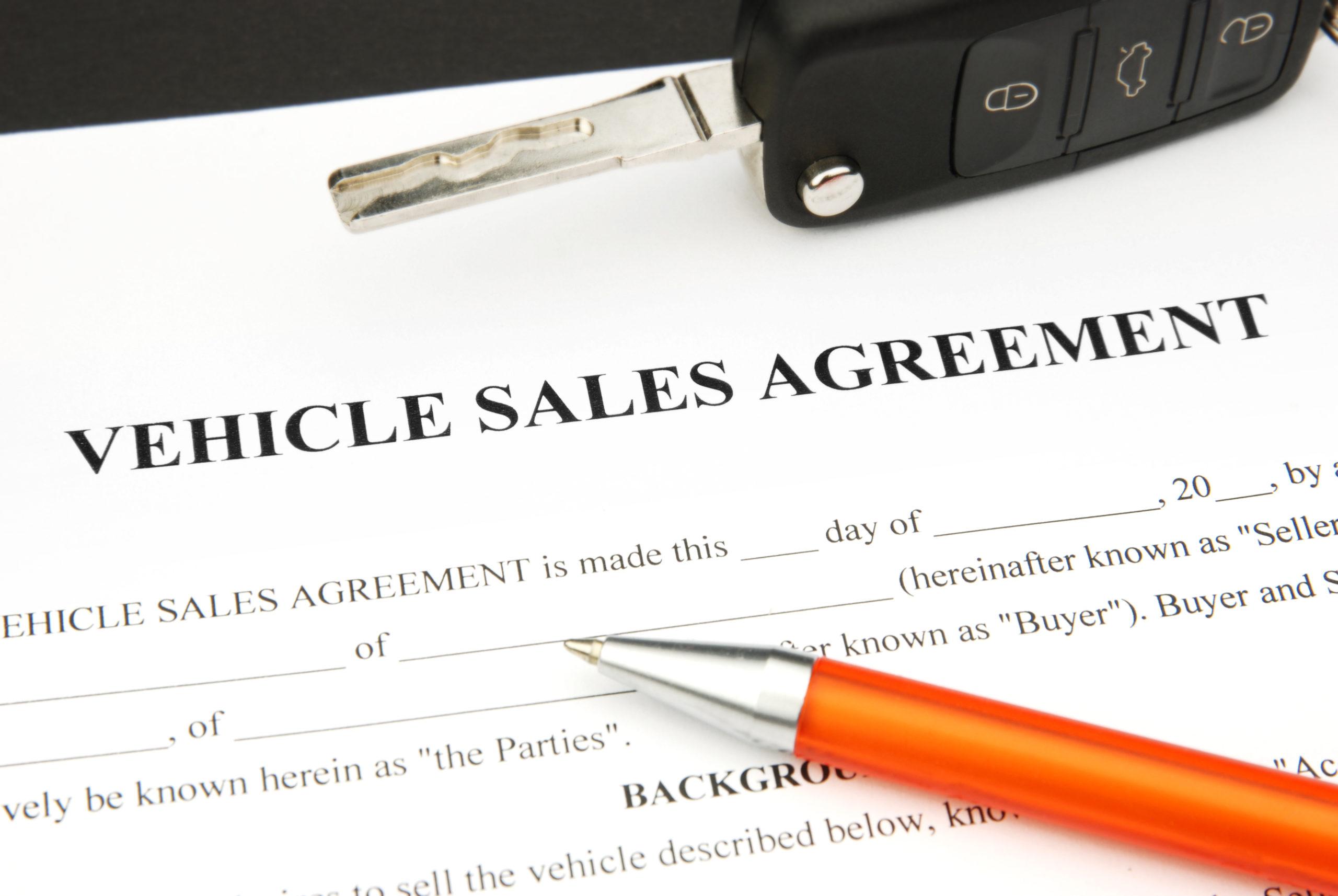
Contents
Selling a used car can be stressful. But it doesn’t have to be. Used cars are more popular than ever. Americans bought about 40,000,000 used vehicles last year, and according to the Wall Street Journal used cars values are on the rise.
This increased demand has also expanded the options when it’s time to sell your car. Used cars are big business, and the industry has responded with a new batch of online used car superstores like Carvana and Vroom.
But what’s the best way to sell a used car? What steps should you take to minimize your time investment and maximize your selling price?
Here we’ll discuss the pros and cons of a few popular options: trading the car in, selling it to a used car dealer like Carmax, selling it privately through a site like Craigslist, as well as donating the car to charity. We’ll explain how each works as well as how to set a price for your vehicle.
Before You Sell
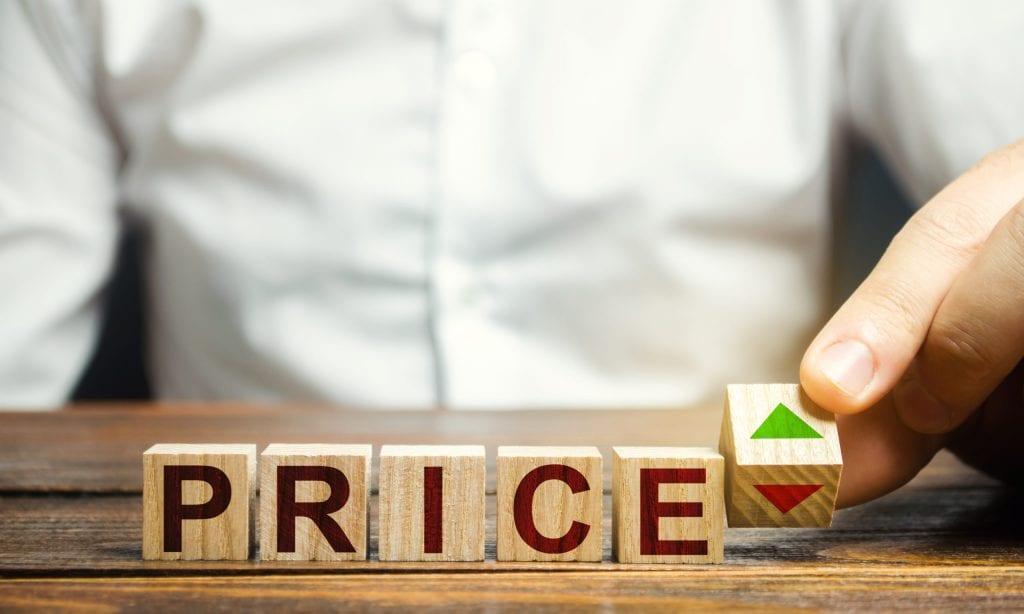
Retail vs. Wholesale vs. Private Party
Before you decide how you’re going to sell your used car, it’s important to understand the difference between its retail value and its wholesale value.
Retail value is what your car is worth on the open market. In other words, it’s the maximum value of the vehicle — it’s best price. When a used car is sold by a dealership, it is always priced at its retail value. However, if you sell your car to a dealer like Carmax or Carvana or trade it in on another vehicle, you will receive its wholesale value, which is always lower.
Wholesale values and trade-in values are essentially the same thing. They are lower than retail values because the dealer who buys your car at wholesale then plans to resell it at the higher retail price. Remember, this is their business, and the price difference between wholesale and retail equates to their profit. And as we all know, businesses try to maximize profits, so most will try to buy your car for the lowest price possible and then sell it to someone else for the highest price possible.
Recently I experienced this first hand. I bought a 2012 Volkswagen Tiguan. Most on the market in my area had a retail price of about $10,000. After some searching, I found a very clean example with about 83,000 miles on it for less, and after some negotiating, I paid $8250 for the car, a deal I was happy with.
Six months later, after driving the car about 4,000 miles, my situation changed, and I decided to take the car to Carmax to see how much I could sell it for. The wholesale price offer was just $5,000. Carmax, of course, would then try to sell it for more — probably closer to the $10,000 retail price, netting them a tidy profit.
A third price type, private party value, applies when you are selling a car directly to an individual buyer rather than to a dealership. Private party values fall somewhere between retail and wholesale because, without a dealership involved, there is less pressure to maximize profit. Additionally, private sellers don’t have to cover the cost of operating a business, as a dealership does.
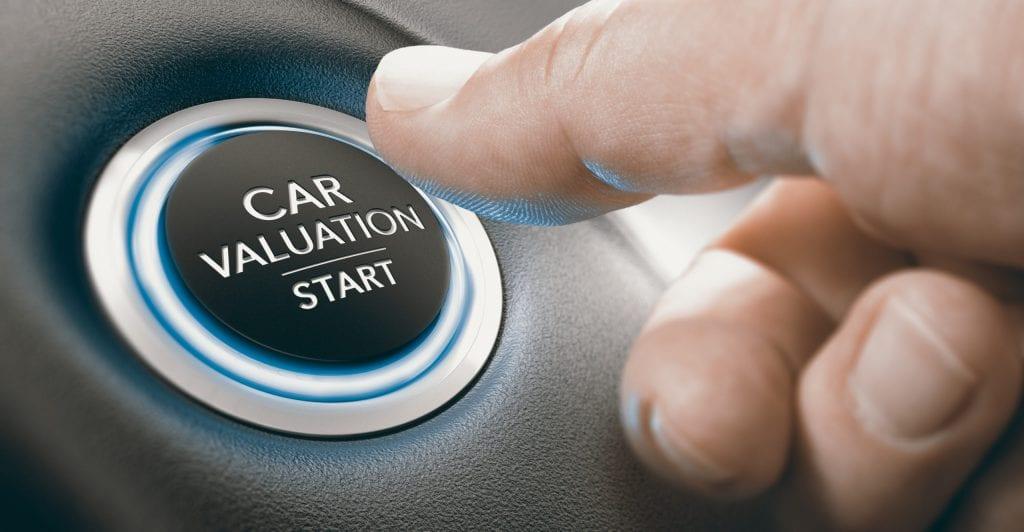
Determining Your Car’s Value
To learn the retail, private party, or trade-in value of your car, start with an online price guide. There are several to chose from, including Edmunds’ True Market Value, NADA Price Guide, and Kelley Blue Book. The prices for most used cars can be found in these guides, but each calculates them a bit differently, so the value for the same car can fluctuate from site to site — occasionally by thousands of dollars.
Most used car sellers, including Carmax, use the prices calculated by Kelley Blue Book, or KBB. This brand has been around for almost as long as the automobile — so long that the term “blue book value” (which harkens back to the color of KBB’s original printed guides) is now synonymous with any car pricing guide.
No matter where you do your pricing research, it’s important to remember that the prices from these guides are just estimates. Because there are many variables involved — including the car’s overall condition, how many miles are on it, what optional equipment it has, its location, and so on — it’s not really possible to set one universal price for each year, make, and model out there.
We recommend looking up your car’s value on a few different sites and then using the results to determine a likely range to expect when you sell.
Selling a Leased Car
If you lease your vehicle and are ready for something new before the lease term is up, you have a couple of options. One, you can transfer the lease to another person using websites that specialize in this type of transaction, such as swapalease and leasetrader. These sites connect lessees looking to get out of their leases with buyers looking to take over an existing lease.
It’s also possible to sell a leased vehicle to a dealer, either outright or as a trade in. You’ll first want to determine its value — but rather than using the online price guides, instead call the finance company that manages your lease and ask them for the vehicle’s current buy-out price.
Every leased car or truck has a buy-out value at any given time. It’s determined by the number of payments remaining on the lease, market conditions, and certain terms and conditions of the original lease contract, including the residual value, which is a fancy way of saying what it will probably be worth at the end of the lease.
Here’s the good news: if a dealer offers you more money for the car than its buy-out price, you get the keep those additional funds. This does happen — especially if the leased vehicle has fewer miles on it than the lease allows — but probably not as often as sellers would like. Usually the offer is less than the lease buy-out price, which means to get out of the lease you would need to make up the difference out of your own pocket.
Sell Your Car Options

Craigslist
Selling the car yourself, through an ad placed on a site like Craigslist, is the best way to get the most money for your vehicle. The reason for this is simple: as we noted above, the values for private party sales are higher than those for selling to a dealership (i.e. wholesale or trade in values), typically by a few thousand dollars.
The main disadvantage of selling a car on Craigslist is that it can be time consuming. Any good Craigslist ad has lots of photos of the car, which you’ll need to take (preferably after giving the car a thorough cleaning), not to mention a detailed and honest description of the car, which you’ll need to write. Then you’ll have to correspond with any potential buyers who respond to the ad. Maybe meet them for test drives and inspections of the vehicle. Then there’s the inevitable haggle, which many people hate more than going to the dentist. This can be stressful and possibly take weeks.
There are also potential dangers. We’ve all heard horror stories of honest people being ripped off by unsavory characters or worse. While fraud is not commonplace in private party sales, nevertheless it’s important to take precautions when dealing with strangers. For instance, we recommend meeting prospective buyers at a public place, like a busy parking lot, rather than at your home. Likewise, if you end up making a deal, be sure to conduct the transaction in person at your bank to ensure that the seller’s funds are valid.
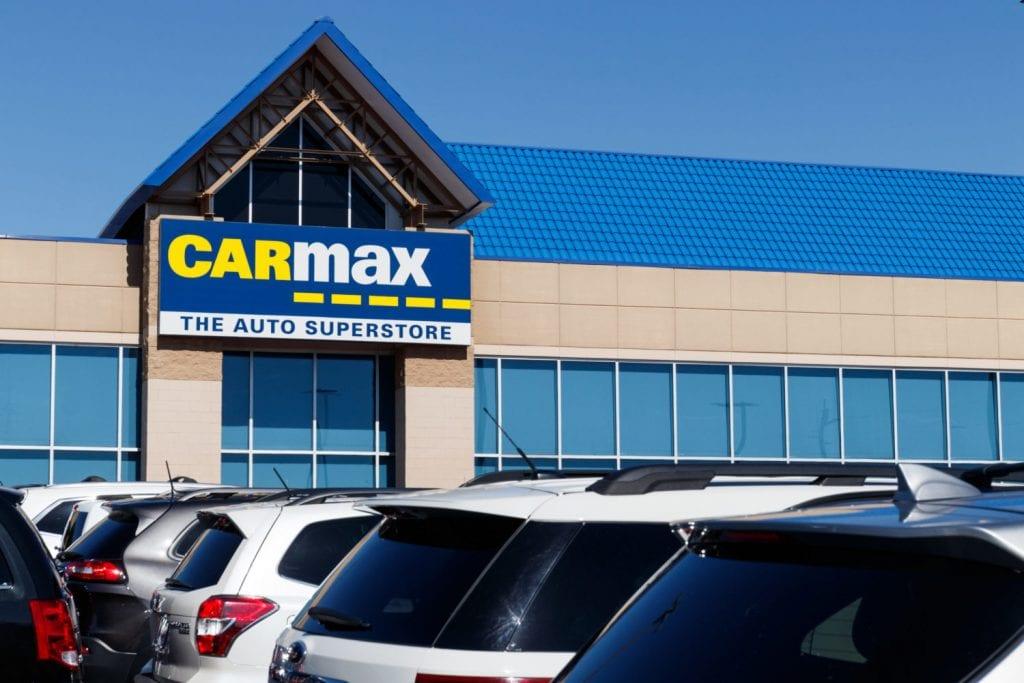
Carmax
Buying used cars is such a large part of Carmax’s business that it’s the subject of many of the company’s television commercials. Carmax wants to buy your used car, and it makes the process just about as quick and painless as possible.
You can sell your car to Carmax in less than an hour, and no appointment is necessary. Just bring the car and all of the necessary paperwork to a Carmax dealer, and after an inspection of the vehicle, you’ll be handed a written offer for the car, which is good for seven days. Take it home and think about it if you wish. There’s no hard sell. No pressure. This option also includes leased vehicles.
Although I’ve never bought a car from Carmax, I have sold several cars (two of which were leased) to my local Carmax dealer in Los Angeles. I’ve never had a troubling or stressful experience. The people are always pleasant, they don’t waste your time, and they make the transaction easy.
However, there are two disadvantages to selling a car to Carmax. The first is that their monetary offer to buy your car is not negotiable. It’s take it or leave it. This also the case for the prices of the cars that they sell. Many people hate to haggle, of course, so you may feel that their fixed price policy is actually an advantage.
Second, like any other dealer, selling or trading in your car to Carmax means selling it for its wholesale value, which is less than you would likely get if you took the time to sell it privately.
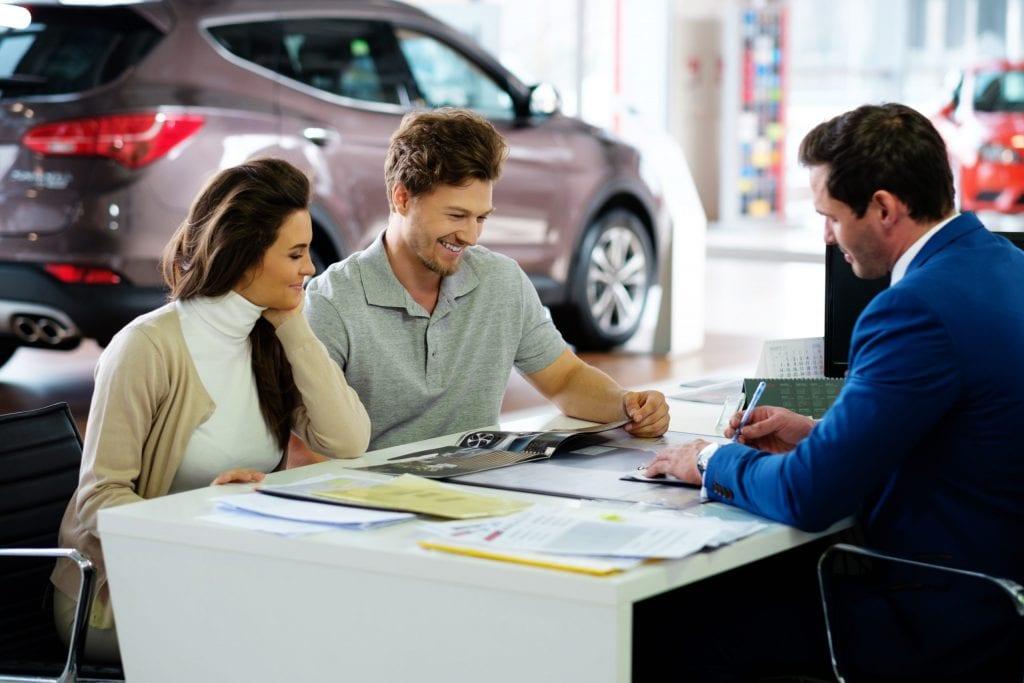
Trade-ins
About half of all dealership sales involve a trade in, so trading in your old car is clearly a popular choice. Even if you’re not in the market for a replacement vehicle, some dealers will buy your car outright.
The main advantage of trading in your car is the ease of the transaction, especially if you are buying a new car from the same dealership. You can bring in pretty much any brand or type of vehicle in any condition, and after an inspection of the vehicle, the dealer will make you an offer — and unlike Carmax, at a dealership that price can be negotiated, just like the price of the car you’re hoping to purchase. If you accept the offer, the dealership takes care of all of the paperwork, making the process relatively quick and painless. Drive in with your old car, and drive out with a new one — what could be simpler?
But there is a cost to this convenience. The main disadvantage of trading in your car is that you’ll be offered its wholesale price, which is typically thousands less than you might get by selling the car yourself — sometimes even less than you’d get by selling the car to Carmax. Is worth it to save some time and effort? That’s for you to decide.
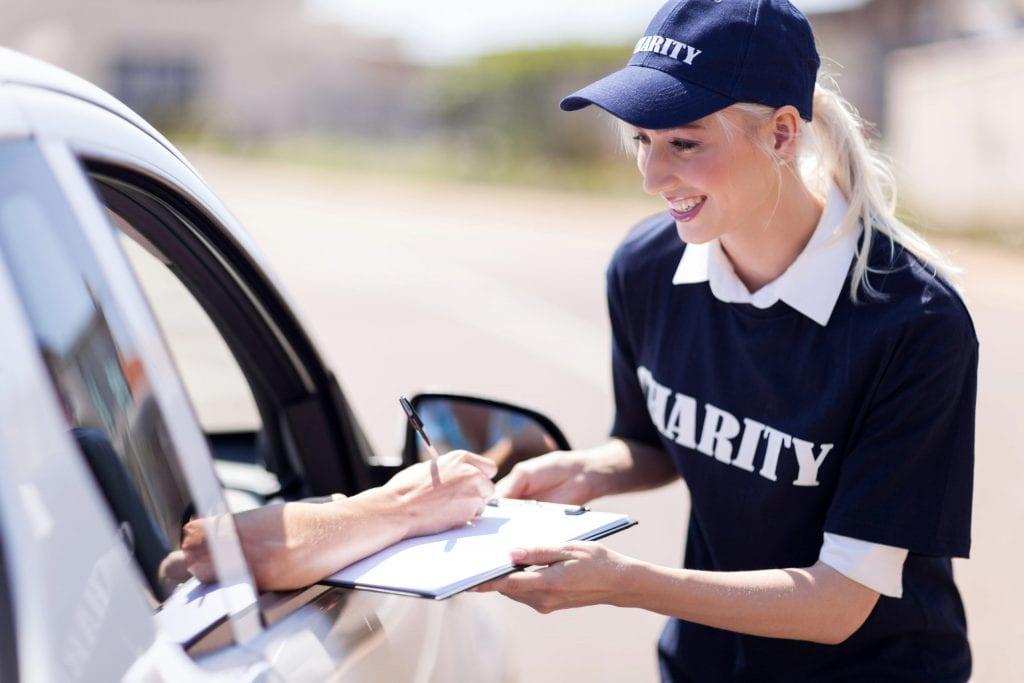
Donations
Instead of selling their used cars, many Americans are choosing to donate them to charity. It’s become very popular. In 2016, Kars4Kids, one of the better known organizations that specialize in vehicle donations, says it received over 450,000 vehicles. And a quick Google search will tell you many charities will gladly take your car in exchange for a tax deduction, including Habitat for Humanity and Wounded Warrior Project. (For an extensive list, visit cars2charities.org.)
The advantage here is that many of these organizations will take just about any vehicle, even if it doesn’t run, and they make it easy. They’ll even pick up the car from your home. But it’s important to know who you’re dealing with, especially if you want the value of the car to reach the cause you’ve earmarked it for. According to CNBC, corruption is rampant. Even Kars4Kids has come under scrutiny for some of its practices from industry watchdogs.
To be safe, make sure you research the charity you plan to give the car to. If it doesn’t have 501(c)(3) non-profit status with the Internal Revenue Service (IRS), your donation is not tax-deductible. There are also strict rules about the amount you can claim for the donation of the vehicle.
According to CNBC, “Taxpayers can deduct the full market value of a donated car under three circumstances: The charity uses the car in its operations; it materially improves the vehicle to sell or use it; or the charity donates or sells it to a needy person for below market value. Otherwise, you can only deduct what the charity receives as proceeds from selling the car.”
Be sure to check the IRS website for the latest details. There are other guidelines you’ll need to adhere to, so do your research before handling over your keys. And make sure you get a receipt.

The Bottom Line
When it comes time to unload your used car, you have plenty of options, and each one has its trade offs.
If you want to get the most money, there’s no question that you should sell the car yourself. It may take some time, but you’re likely to get at least $1000 more than you would with any other option.
If you’re buying a new car, trading your old car in is clearly the most convenient choice, though it comes at a cost.
For the good Samaritans out there, donating the car is of course an excellent way to go — and surprisingly easy once you’ve vetted the charity.
Selling to Carmax, meanwhile, represents an interesting middle ground. Even if you’re not sure whether you want to sell the car on your own or trade it in, you can get a seven-day offer from Carmax pretty easily and then use it to help you make the decision. If they offer more than you were expecting, take the money and run. And if it’s less, try selling the car on your own — for, say, $1500 more than your offer — and see what happens. Worst case, you bring it back to Carmax afterwards and take them up on the deal.